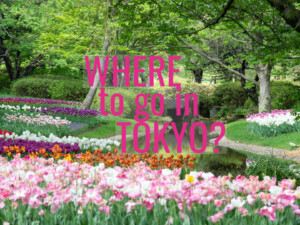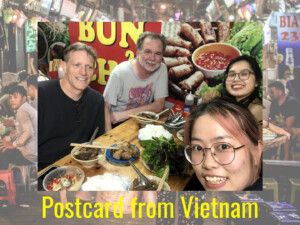People make Glasgow
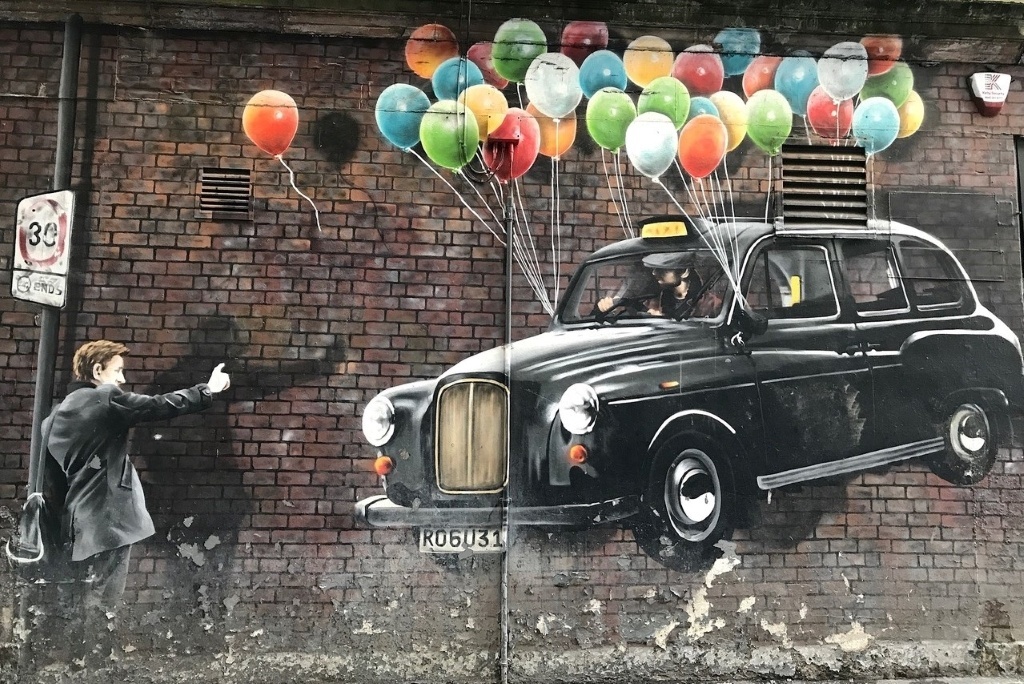
‘People Make Glasgow’.
That’s the official slogan of the Glasgow City Council’s tourism promotion campaign.
And it’s true.
While Glasgow has the Victorian architecture befitting the former ‘second city of the empire’, it doesn’t have the majestic visual beauty of Edinburgh. (Damn that castle.) But what Glasgow lacks in dramatic cityscapes, it more than makes up for with attitude.
It’s true. People do make Glasgow.

The inside track
Glasgow native Ken Scott lived in Thailand for 28 years working in travel journalism, and then with the Pacific Asia Travel Association. In 2006, he set up ScottAsia Communications to serve tourism and hospitality clients from offices in Bangkok and Glasgow. Ken helped set up the Worldwide Travel Alliance.
The former industrial power house of the British empire made ships and steam engines for the world, powered by abundant local coal and water, and labour from Ireland and the Highlands. Hard industrialisation, poverty, and cramped housing gave birth to radicalism, which runs deep in Glasgow.
Politics, industry, architecture, creativity, sectarianism, poverty, alcohol, immigration, music, and football define Glasgow to this day. Despite the bruises and grit — or because of it — it’s the friendliest, most vernacular city in the UK.
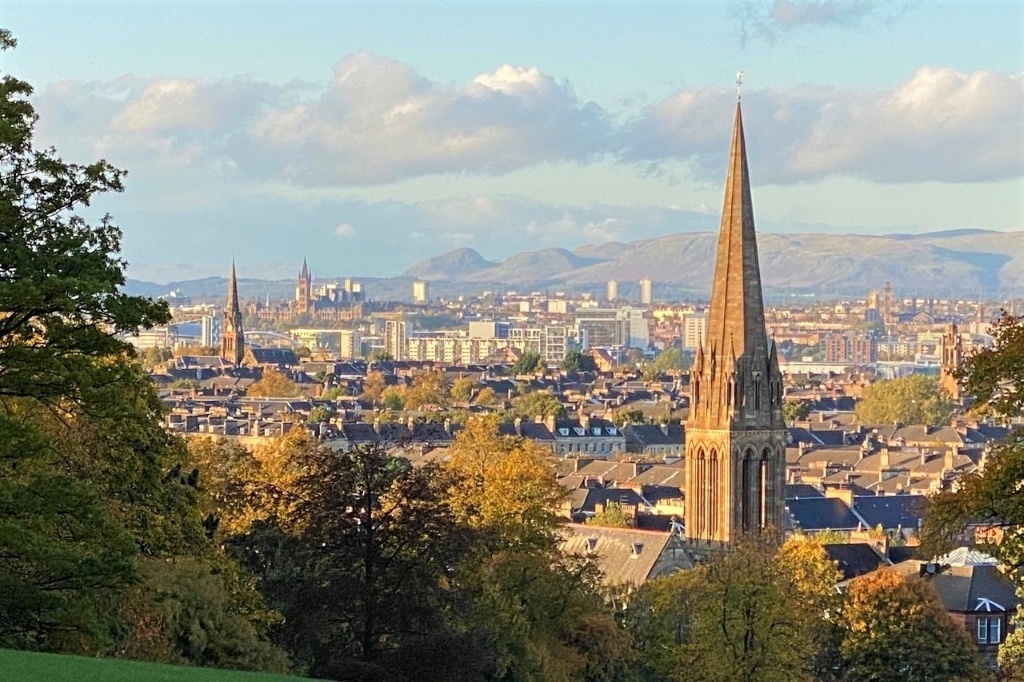
I still get a buzz getting off the train at Central Station; a beautiful hive of energy where anything might happen. In the 1930s-50s tens of thousands of Glaswegians would amass in the atrium of the station to get a glimpse of Hollywood movie stars such as Laurel and Hardy, or Danny Kaye waving from the balcony of the Central Hotel.
Walk out of Central Station and you that realise downtown Glasgow is, despite lapses here and there, a Victorian-Georgian splendour. Although the city has been economically hollowed since the 1960s, and brutalised in places by mistaken town planning, it still has plenty to be proud of. There’s more than a hint of Chicago or New York about it.
From Central Station, walk up Hope Street to see the crenellated Victorian office buildings. Check out the Pot Still pub near the top of the hill. Double back and take a pint in The Horseshoe in Drury Street before walking to Buchanan Street to see the most expensive retail strip in the UK (by commercial rent) after London’s West End.
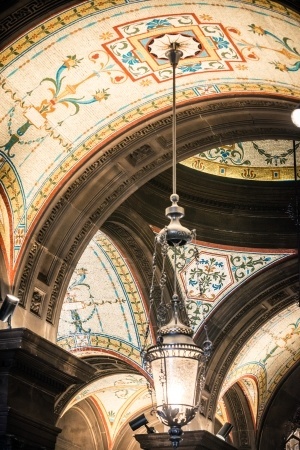
Then walk through Exchange Place to George Square, the city centre. I recommend stepping into the City Chambers to see the ornate marble entrance, staircase, and mosaic ceiling. The nearby Corinthians Club and bar in Ingram Street in Glasgow’s Merchant City is another wonderful exemplar of confident Victorian-era interior decor. The ornate former high court and bank reminds us of a time when Glasgow was awash with money from shipping, tobacco, linen, cotton, tea, and sugar; all part of a rich Atlantic trading history.
Glasgow has been settled since prehistoric times. As the lowest fordable crossing of the River Clyde, the settlement owed much to Saint Mungo who established Glasgu (the ‘dear green place’) as a religious community in the 6th Century. The crowning glory of that ecclesiastical expression today is still Glasgow Cathedral, founded in the 12th Century and a 20-minute walk east from George Square. It is as impressive as anything you may see in Winchester or Salisbury. Maybe more so. It’s free to get in.
Behind the Cathedral, take the small bridge up into the Necropolis, which is like a gothic movie setting. This is where many of the powerful merchants made rich by the Atlantic trade in the 1800s were buried in elaborate gargoyled mausoleums.
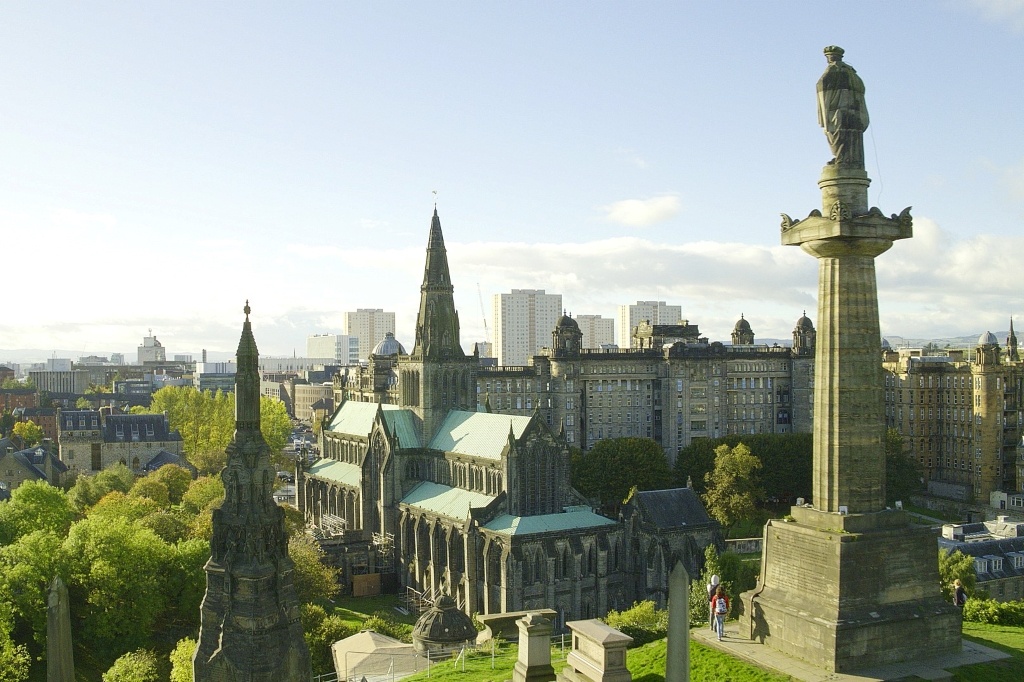
Also just east of the city centre — a 30-minute walk south from the Necropolis — is the Barras; the city’s flea market. Amid the shanty retail there’s gentrification happening. Drop into BAAD (Barras Art & Design) in Calton Entry for craft beer, seafood, and whatever is going on that day; retro market, live music, or themed movie screenings.
No trip to Glasgow is complete without a saunter around the West End; the Great Western Road / Byres Road / Gibson Street / University Avenue / Kelvingrove Park area.
The West End is centred around Glasgow University, with its Hogwarts cloisters that you can walk around for free.
A large influx of Chinese, Korean, Malaysian, and Thai students in recent years have seen numerous Asian supermarkets and eateries pop up. One of my favourites is the tiny Kimchi Cult just off Byres Road on Chancellor Street.
The highlight of Byres Road is Ashton Lane, a cobbled alley with theme pubs and a boutique cinema. Go upstairs at the Ubiquitous Chip to see the wall mural by Alasdair Gray, one of the city’s most celebrated artists and writers. His award-winning 1981 novel Lanark almost defies categorisation. It’s a masterpiece. An ersatz Glasgow primer.
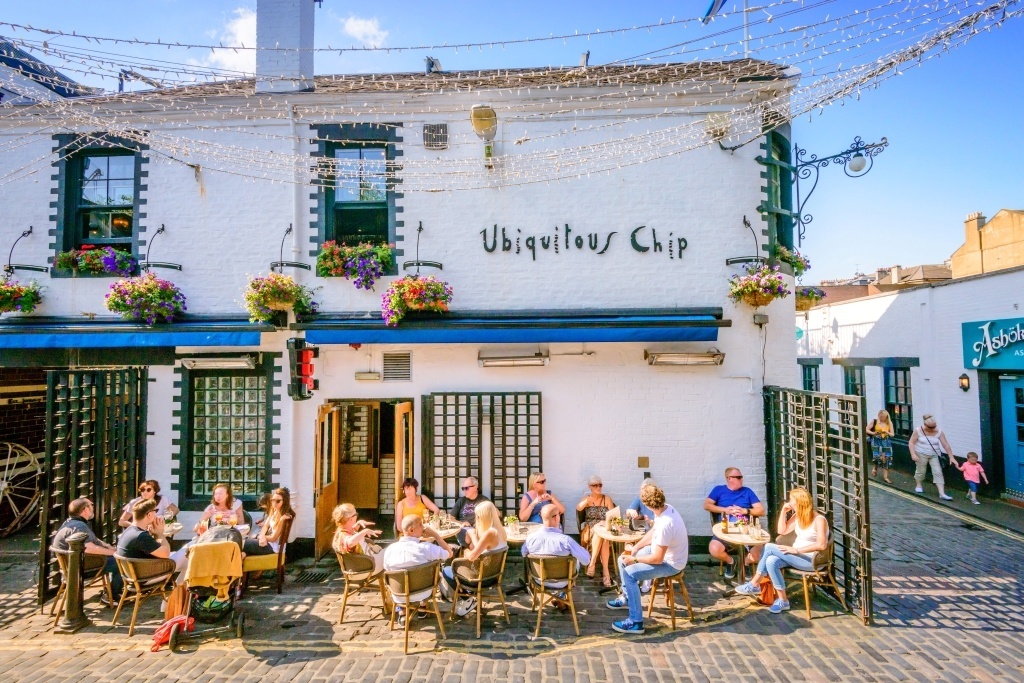
Stroll along nearby Ruthven Lane, home to The Bothy (upscale Scottish dining), Hanoi Bicycle Shop (Vietnamese), and an eclectic shabby-chic mix of outlets focused on retro fashion and second-hand goods.
You shouldn’t leave Byres Road without having a drink at Oran Mor (a former church) or my favourite, The Tennent’s Bar, a no-nonsense Glasgow beer hauf (house).
While you can walk between the city centre and the West End in about 40 minutes, you may want to take the Glasgow Subway instead. It’s the third-oldest underground metro system in the world (after London and Budapest). Opened in 1896 and modernised in 1980, its orange carriages are small compared to other metro systems. It’s a big circle line affectionately dubbed “Clockwork Orange”.
You may also find yourself going round in circles understanding the Glasgow dialect, a Quasimodo cousin to the Queen’s English. But as a native, I love the patter, much of it liberally laced with expletives flying everywhere like autumn leaves.
Glasgow weather is unfortunately a swearing matter too. It is usually cool, often wet, if it’s not ‘blowing a hooley’ or ‘pure Baltic’.
Billy Connolly says Glaswegians’ skin is blue-purple, which tans to white in high summer.
If it’s cold and wet (dreich) outside, never mind. We’ll just have another swally (drink) here at the bar. Your round.
People make Glasgow.
Where is this?
Glasgow is in the central west of Scotland. As Ken noted, the Glasgow City Council reckons ‘People Make Glasgow’ and has built a website with that name.
Ken’s suggested walk through his home town starts at Glasgow Central Station.
Disclaimer: If one were to imbibe an alcoholic beverage at every likely venue along the recommended route, more than one walk may be required.
Featured image (top of post): Glasgow street art. By Catherine Alard (CC0) via Pixabay.




